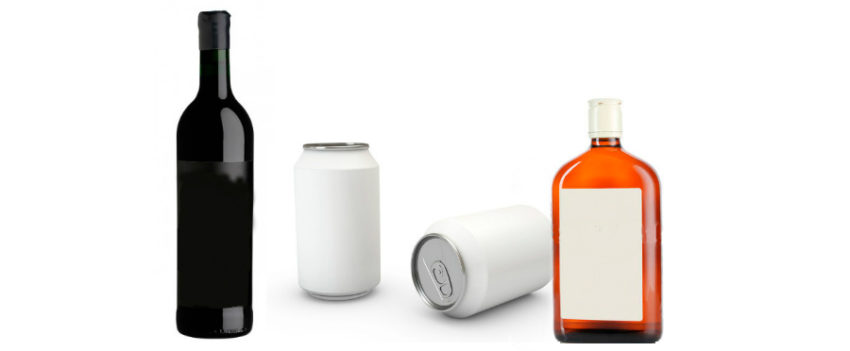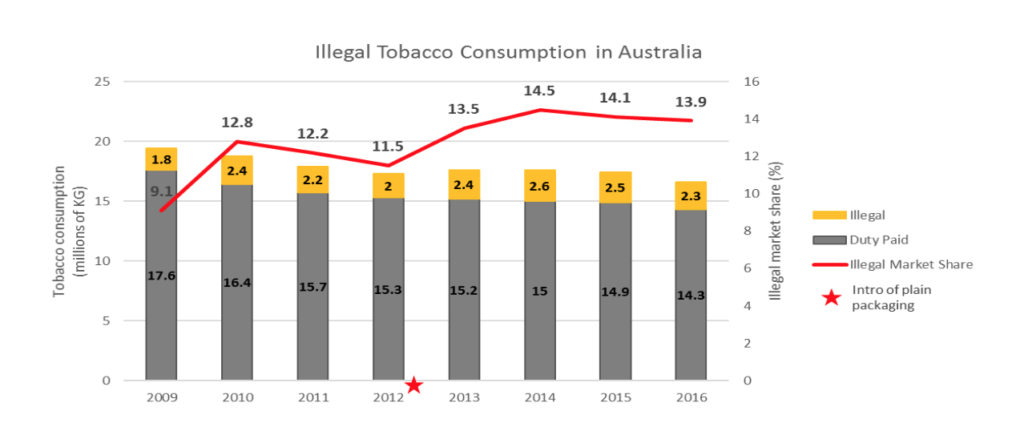
The Australian plain packaging legislation was implemented in December 2012. Since then, trademarks, logos, non-prescribed colors and graphics have been removed from packs. But 5 years later, there is no evidence that plain packaging has achieved (or is likely to achieve) any public health benefits.
The Australian plain packaging legislation was implemented in December 2012. Since then, branding on tobacco packaging has been banned. Trademarks, logos, non-prescribed colors and graphics have been removed from packs, and only the use of a brand name in a prescribed font and size is allowed.
The tobacco control lobby claims that plain packaging is likely to lead to improvements in public health at no cost to anyone but the tobacco industry. But:
• There is no evidence that plain packaging has achieved (or is likely to achieve) any public health benefits;
• It is disproportionate, unjustified and unnecessary;
• It has widespread negative consequences; and
• It risks breaching legal rights as protected by various laws and treaties.
Consumers do not choose to smoke based on branded cigarette packaging, but consumers do use branding to identify differences between products, including between legal and illegal brands.
Does plain packaging work? It doesn’t.
The Australian government collects data on national smoking behaviour every three years as part of its National Drug Strategy Household Survey (NDSHS). The most recent batch of data is from 2016, and reports no statistically significant decline in the overall daily smoking rate between 2013 (12.8%) and 2016 (12.2%). This is the first instance of no decline in 23 years. How can plain packaging be said to work when the smoking rate has not declined following its introduction?
The market share of illegal tobacco increased by nearly 30% within the first two years of plain packaging being implemented in Australia in 2012. Today, the market share of illegal tobacco remains over 20% higher than pre-2012, representing 13.9% of tobacco consumed in Australia and representing approximately $1.6 billion AUD in lost tax revenue to the Australian Government according to the KPMG Report – Illicit Tobacco in Australia – Full Year 2016

A government that regulates tobacco appropriately – implementing evidence-based laws that benefit public health while allowing legal industries to compete fairly – protects both the health of its citizens and of its economy. Branding protects our legal economy and tax revenues from criminals.
Plain packaging prevents consumers from differentiating between legal and illegal products, which results in a sharp increase in illegal tobacco and a sharp decline in tax revenues.
Globally, illicit tobacco deprives governments of $40 billion per year.
If Governments are serious about reducing tobacco consumption then it is time to consider alternative evidenced-based measures available to achieve the same public policy objectives, which are less restrictive, more targeted and proportionate.
